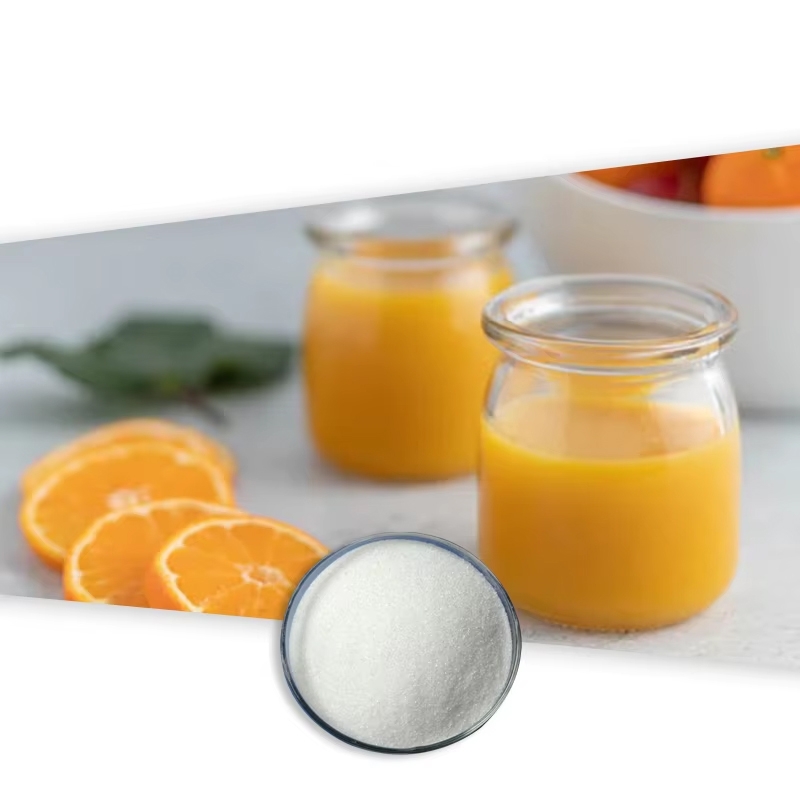-
Categories
-
Pharmaceutical Intermediates
-
Active Pharmaceutical Ingredients
-
Food Additives
- Industrial Coatings
- Agrochemicals
- Dyes and Pigments
- Surfactant
- Flavors and Fragrances
- Chemical Reagents
- Catalyst and Auxiliary
- Natural Products
- Inorganic Chemistry
-
Organic Chemistry
-
Biochemical Engineering
- Analytical Chemistry
-
Cosmetic Ingredient
- Water Treatment Chemical
-
Pharmaceutical Intermediates
Promotion
ECHEMI Mall
Wholesale
Weekly Price
Exhibition
News
-
Trade Service
net/tag_667.
html" class="zdbq" title="Seafood related food information" target="_blank">seafood sales have suffered an unprecedented impact, and foodmate.
net/tag_2051.
html" class="zdbq" title="Sales-related food information" target="_blank">sales have fallen sharply.
Although sales of fresh foodmate.
net/tag_679.
html" class="zdbq" title="Seafood related food information" target="_blank">seafood soared in March due to the advancement of the holiday, frozen and shelf-stable inventories have declined compared with the peak of pandemic inventory purchases in 2020.
net/tag_679.
html" class="zdbq" title="Seafood related food information" target="_blank">seafood soared in March due to the advancement of the holiday, frozen and shelf-stable inventories have declined compared with the peak of pandemic inventory purchases in 2020.
According to IRI and Elantra sponsorship analysis data, compared with March 2020, fresh seafood sales climbed 13.
3% to 548 million U.
S.
dollars (459 million euros).
Frozen sales fell 12.
6% to 591 million US dollars (495 million euros).
3% to 548 million U.
S.
dollars (459 million euros).
Frozen sales fell 12.
6% to 591 million US dollars (495 million euros).
Roerink said that throughout 2020, as well as January and February this year, frozen seafood is the sales growth leader in the frozen sector, mainly due to the increase in household consumption.
Frozen fish was the largest category of seafood in March, with sales of 340 million U.
S.
dollars (285 million euros).
Frozen raw shrimp, the second largest segment of seafood, saw sales in March increased by 56.
2% compared to pre-epidemic levels, and increased by 5.
3% compared to March 2020.
Among live and chilled seafood, salmon was the best-selling product in March, with sales of US$184 million (EUR 154 million).
S.
dollars (285 million euros).
Frozen raw shrimp, the second largest segment of seafood, saw sales in March increased by 56.
2% compared to pre-epidemic levels, and increased by 5.
3% compared to March 2020.
Among live and chilled seafood, salmon was the best-selling product in March, with sales of US$184 million (EUR 154 million).
Rolink said: "Compared with the normal situation in 2019, in March 2021, all the top 10 fresh seafood ranked by sales have increased.
" "The sales of many fish are also increasing year by year, with the exception of salmon, catfish and tilapia, whose sales are less than their peak in 2020.
"
" "The sales of many fish are also increasing year by year, with the exception of salmon, catfish and tilapia, whose sales are less than their peak in 2020.
"
Another good news for fresh seafood suppliers is that retailers continue to invest in a wider variety of fresh seafood.
The average weekly number of products per store increased from 42.
2 in March 2020 to 43.
2 in March 2021.
The average weekly number of products per store increased from 42.
2 in March 2020 to 43.
2 in March 2021.
"In contrast, the average number of commodities in the foodmate.
net/tag_1499.
html" class="zdbq" title="Meat related food information" target="_blank">meat sector continues to decline relative to that before the pandemic.
"
net/tag_1499.
html" class="zdbq" title="Meat related food information" target="_blank">meat sector continues to decline relative to that before the pandemic.
"
Looking at March 2021, air travel, catering, hotel reservations, car driving and walking statistics, gasoline sales, and school reopening indicate that consumers are more mobile, which may lead to a shift from household-centric food expenditures.
Greater catering services participate in the transformation.
Greater catering services participate in the transformation.
"This may also drive increased demand for time-saving and convenient seafood solutions, including room temperature, fresh and frozen foods," Rolink said.
As of March 2021, 44% of respondents who work from home part or all of the week said that they will continue to work and cook from home even after being vaccinated to ensure their health and safety.
This means that family catering consumption will continue to increase.
In another survey in 2020, it was found that compared with the past few years, seafood in 2020 is easier to "form a habit".
New fresh seafood buyers said that their likelihood of forming a habit in 2020 has increased by 78%, and new frozen seafood buyers' likelihood of forming a habit has increased by 14%.
The survey also found that foodmate.
net/tag_2463.
html" class="zdbq" title="U.
S.
related food information" target="_blank">American consumers are most concerned about health and finances.
44% of American consumers are in the "most anxious" category, while the proportion of international consumers is 34%.
Among the most anxious consumers, 73% said they are interested in buying food from restaurants for home delivery, and 70% said they are interested in ordering groceries online.
net/tag_2463.
html" class="zdbq" title="U.
S.
related food information" target="_blank">American consumers are most concerned about health and finances.
44% of American consumers are in the "most anxious" category, while the proportion of international consumers is 34%.
Among the most anxious consumers, 73% said they are interested in buying food from restaurants for home delivery, and 70% said they are interested in ordering groceries online.
The pandemic has also raised concerns about the continuity of people.
80% of international consumers and 71% of American consumers said that they are more concerned about the environment, and 28% of American consumers said that these issues have affected their purchasing decisions.
80% of international consumers and 71% of American consumers said that they are more concerned about the environment, and 28% of American consumers said that these issues have affected their purchasing decisions.







